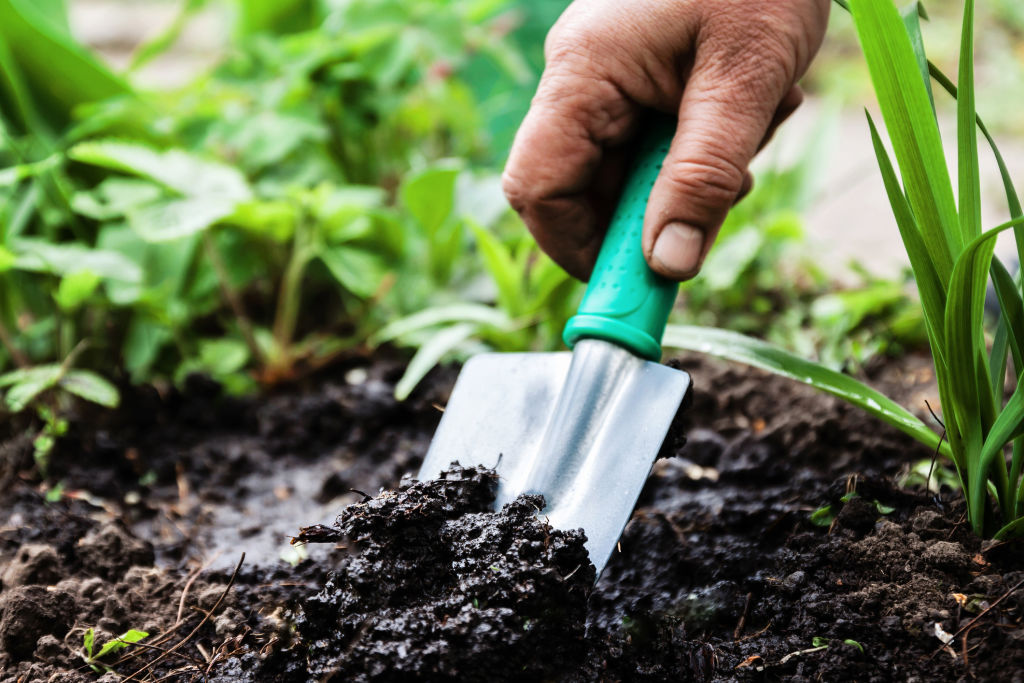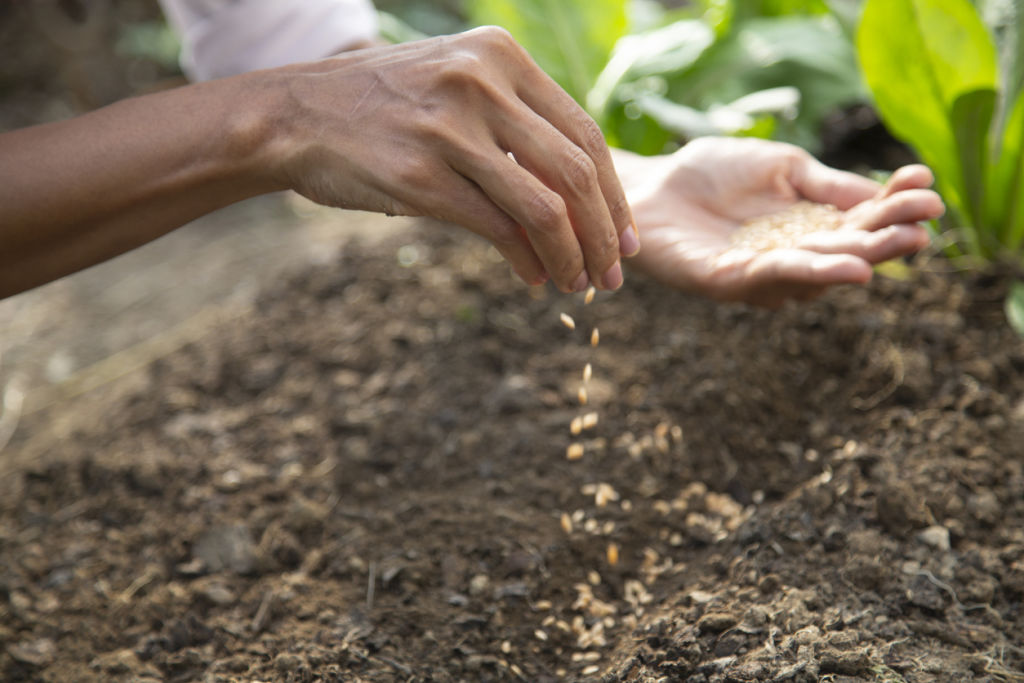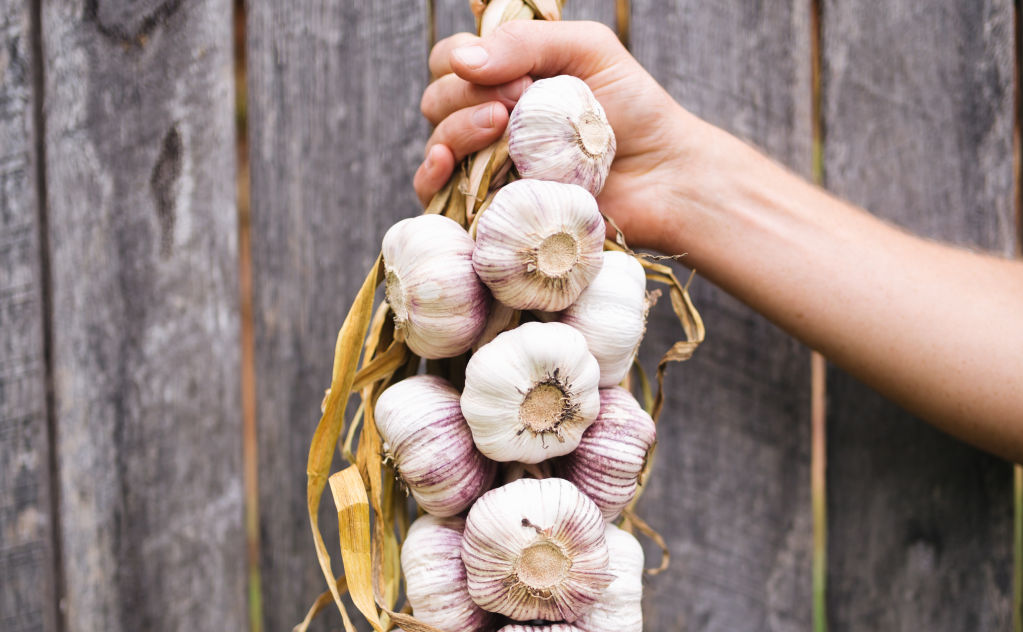This winter, a sun-doused balcony or courtyard could be the start of a cute and compact garden as well as an exciting and reliable source of daily greens.
Don’t be deterred by the cooler mornings setting in – cool-season annuals are good to go in the ground from late summer to the final weeks of autumn. The optimum planting time depends on your climate zone which, of course, determines the soil temperature below ground. This forms the foundation of what to plant and when.
Learning what to plant and when takes time and curiosity, so grab a quality planting/sowing guide or, at least, check the back of the seed packet for a general guide.

A fistful of randomly grabbed seedlings from the nursery will give you mixed results; you’re best to ensure a curation of season-specific seeds that will ensure great results.
Alternatively, consider the types of food you love to cook with – all your favourite soft herbs, veggies and leafy greens. It’s quite easy to get 15-20 names jotted down, and when you know you love to eat them, you’ll find your enthusiasm will be greater to grow them.
I’ve noticed that people will buy seedlings over seed. That’s fine for some types but most of the time you’ll have more success with seeds – it’s easy to scatter some lettuce or rocket seeds on the soil.
The smaller the seed, the shallower you plant. Rocket, lettuce and watercress, for example, just need to be a few millimetres under the surface of the soil, whereas a pea seed is about two centimetres round, and a garlic clove is five centimetres, so they should obviously be planted much deeper.

The quickest method is a controlled scatter of small seed directly where they need to grow and a little thinning later if they are too dense.
Seeds are cheap and cheerful and produce stronger plants when sowed directly in position. Water in with a seaweed solution weekly and use an organic veggie fertiliser.
I’ve included my recommended shopping list of rewarding edibles to plant in the coming weeks as we near the end of autumn for the Melbourne and Sydney zones. (Cooler or subtropical zones may have an earlier or later planting time – just check with your local nursery.)
Just remember, you’ll have more success growing some edibles from seed, whereas others, I’d recommend to plant with seedlings, so I’ve indicated this in my list.

- Coriander (definitely by seed)
- Endive (seed)
- Garlic (plant cloves pointy side up, thumb-depth deep, 15-centimetre spacing)
- Kale (seedling)
- Lettuce (seed)
- Peas (seed)
- Radish (seed)
- Rocket (seed)
- Spinach (seedling)
- Spring onion (seed or seedling)
- Bok choy (seed)
- Watercress (seed)
This article was sourced from domain.com and written by Byron Smith
